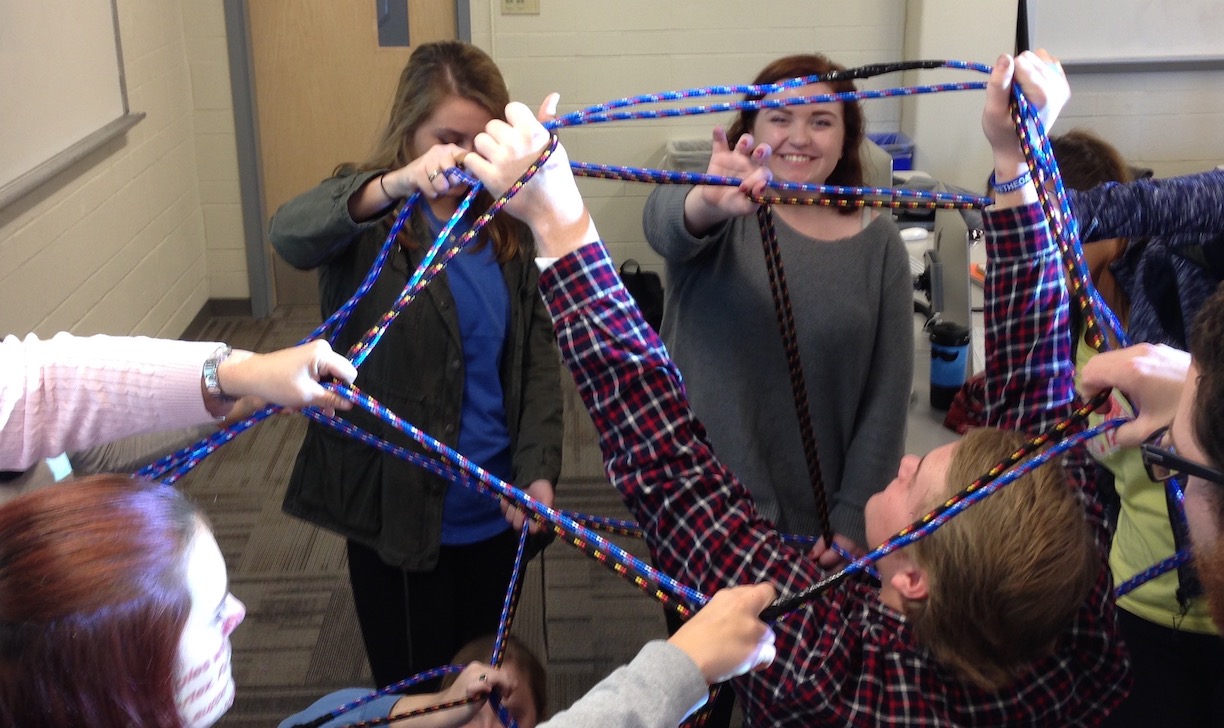The mission of the Department of Mathematics and Statistics is to further knowledge of, and develop professional skill in, mathematics and statistics.

The department mission, guided by the Jesuit character of the University and the liberal arts character of the College, provides students with exercise and growth in moral and intellectual habits so they may fulfill their respective vocations in life and be intelligent, ethical, and useful members of society. The faculty form a community of scholars whose research enriches their teaching and contributes to the solution of human problems.
The Department of Mathematics and Statistics is firmly committed to fostering a welcoming environment that provides each of its members (faculty, staff, and students alike) with an equitable opportunity to advance both their education and their career. We welcome, value, and support a diverse community of individuals from different backgrounds in racial, ethnic, religious, socio-economic, gender identity and expression, and other aspects of diversity.
| Department Highlights |
|---|
| Faculty members who are internationally recognized researchers in pure mathematics and statistics. |
| Award winning educators dedicated to innovation in instruction, curricular development, and classroom technology. |
| Advanced mathematics and statistics courses in the context of a liberal arts education. |
| Small class sizes and a 1-1 faculty student ratio in graduate programs. |
| Student involvement in club activities, service, and academic competitions. |
Academic Programs
- Doctor of Philosophy in Mathematics
- Master of Arts in Mathematics
- Bachelor of Science in Mathematics
- Bachelor of Arts in Mathematics
- Statistics Concentration
- Minors in Mathematics

